Rocks in Art
Yesterday Julie introduced us to Michael Grab and his incredible ability to balance rocks on top of each other to form a work of art.
If you think about it rocks form an important role in art and I don't just mean as something magnificent to photograph or paint though that is true and important.

The closer you get to them the more beautiful rocks are.

Photo by Oliver Paaske / Unsplash

Photo by Chris Rhoads/Unsplash

Photo by Kyle Glenn / Unsplash
Mother Nature has used rocks on which to create her works of art.
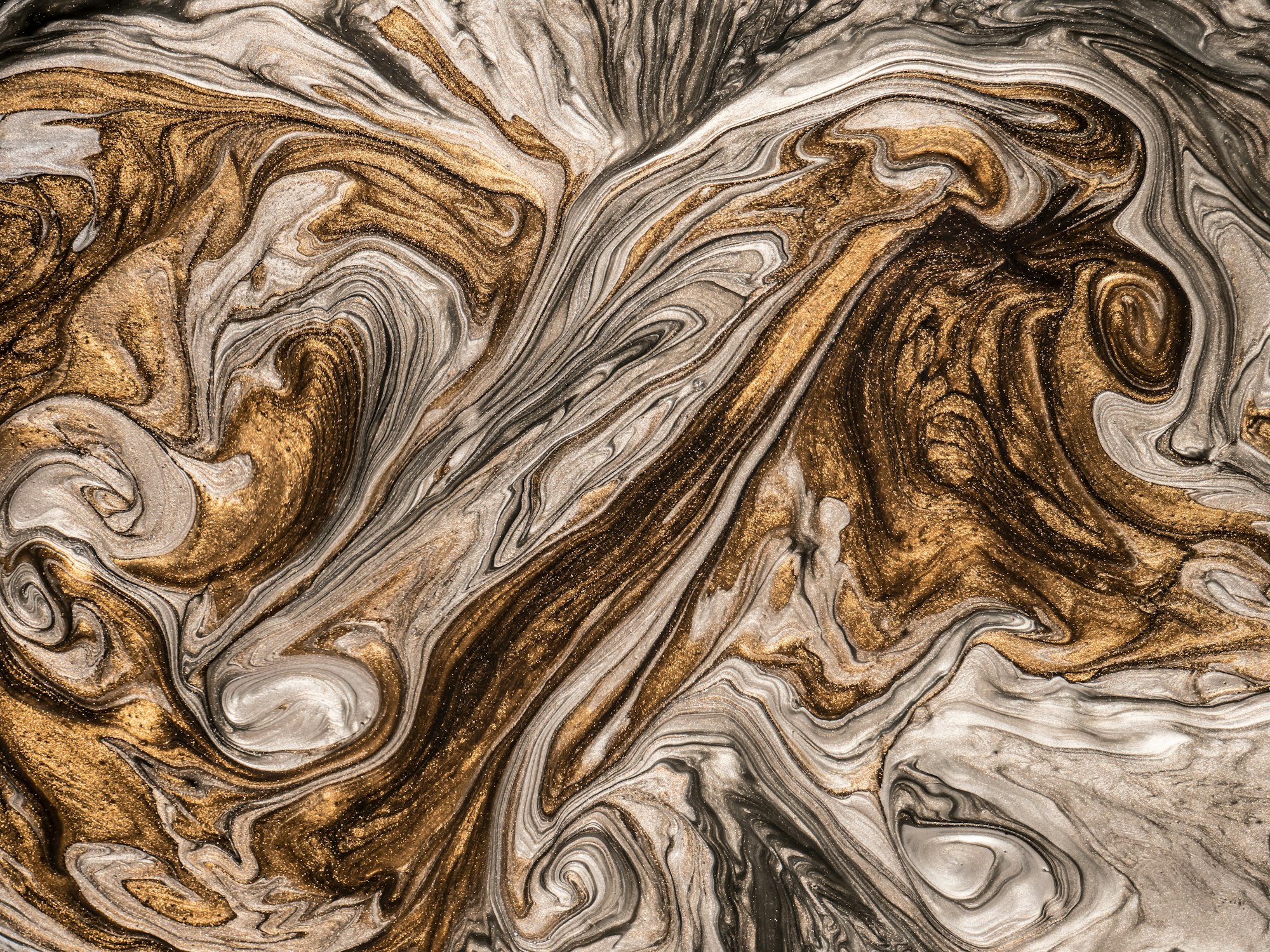
Photo by Dan-Cristian Pădureț / Unsplash
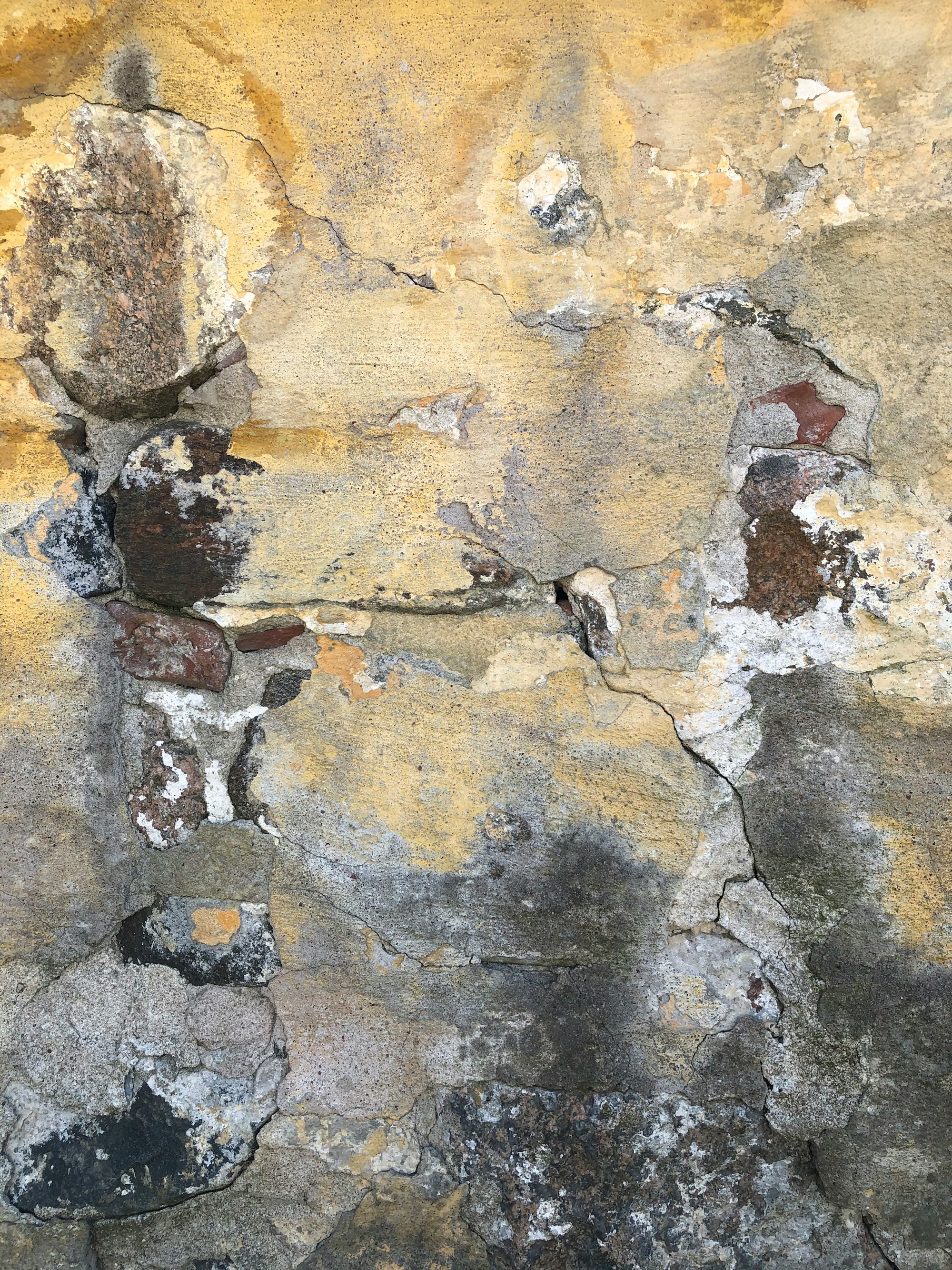
Photo by Kat Juska / Unsplash
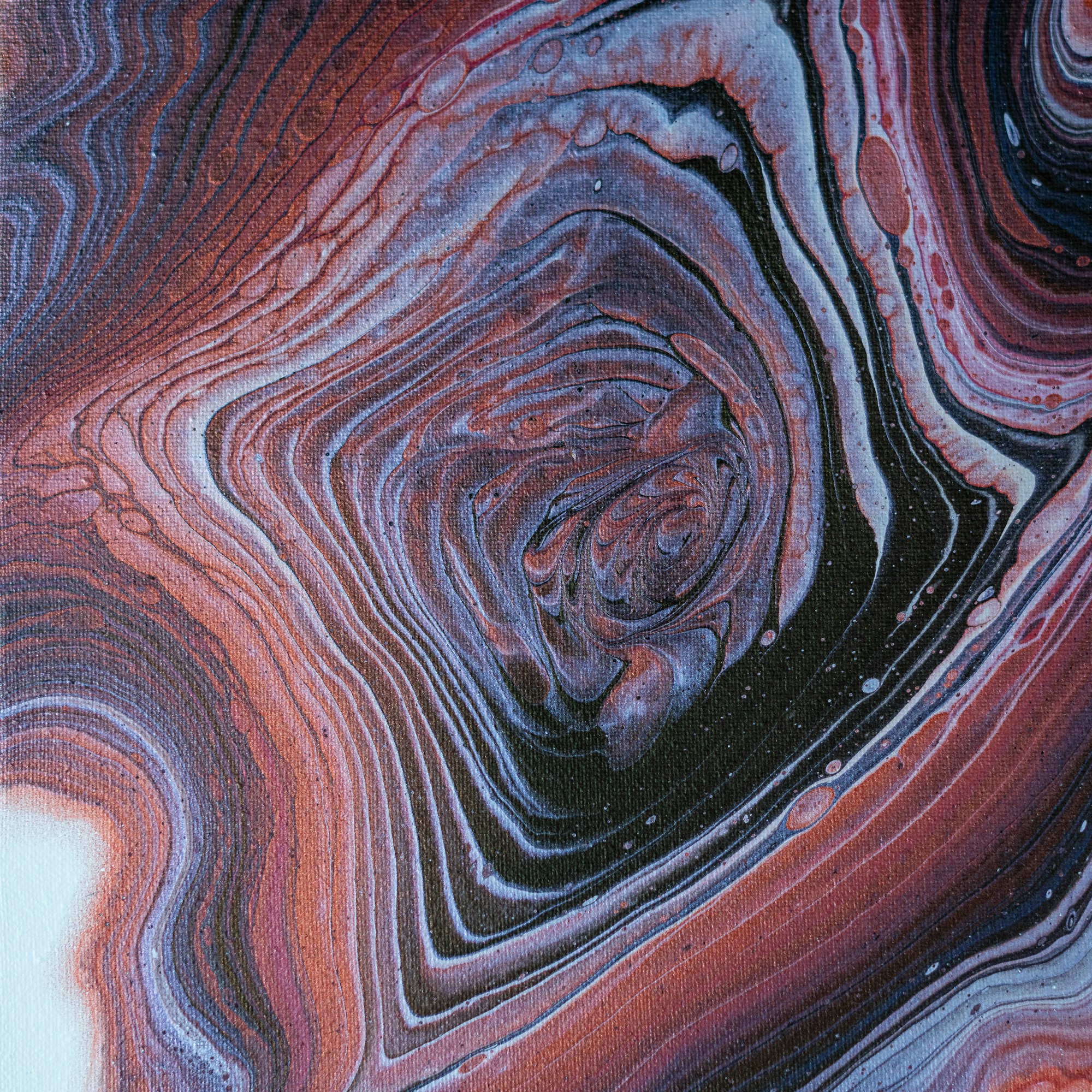
Photo by Scott Webb / Unsplash
Humans also have always loved to paint and early humans had as their canvases the rock surfaces of their cave homes.
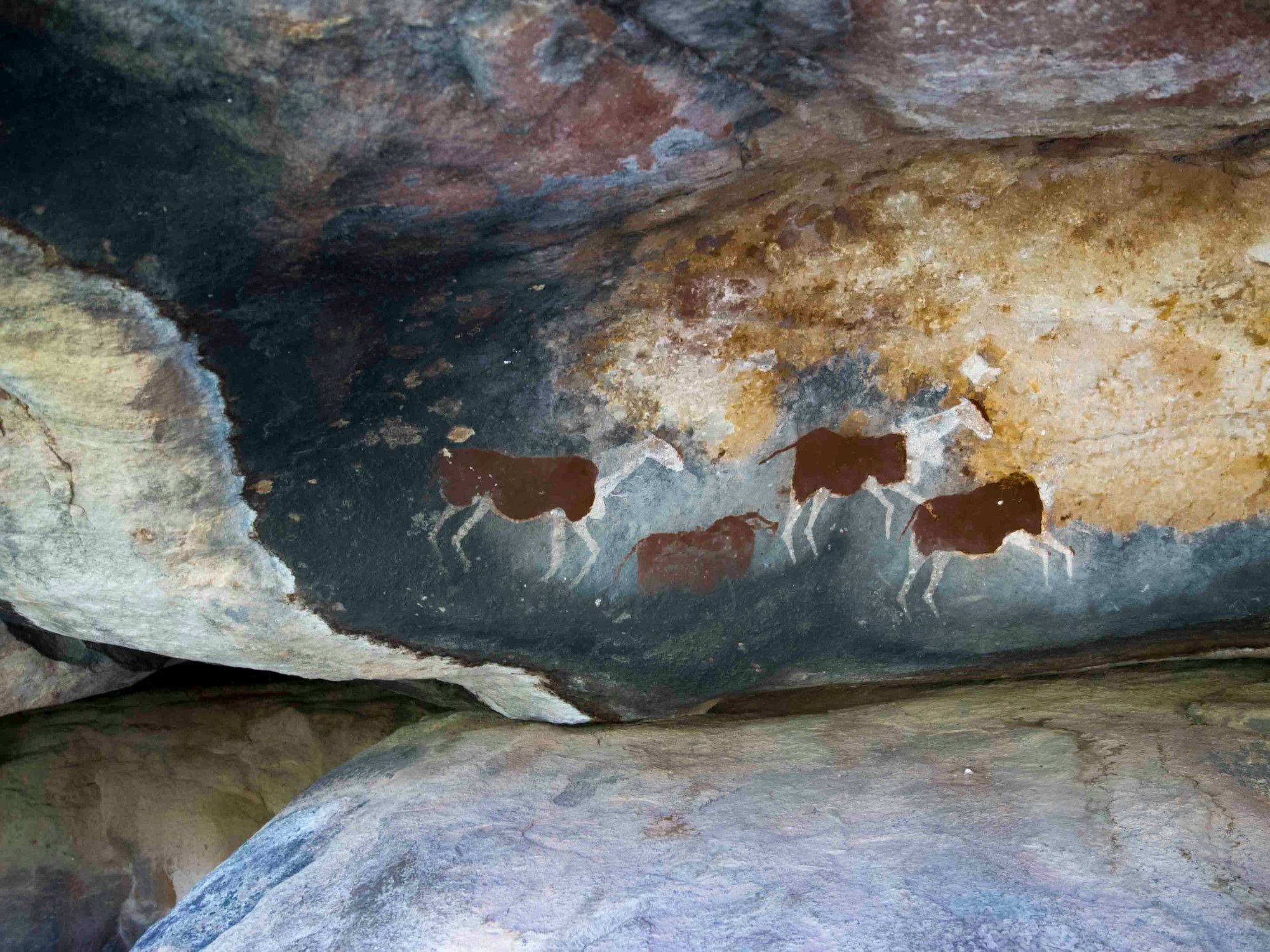
Photo by Don Pinnock / Unsplash
But rocks form an even more significant part in the art process. Where did our early ancestors get their paint from? The rocks of course. They ground up the rocks to form the pigments to make their paint - for thousands of years. Adding the dyes from plants their palette was assured.
I have just read a fascinating article by Karen Trentelman1 who commences with the words:
“Don’t you have enough pictures of rocks?” complained the teenager to his dad taking photos of the Grand Canyon. I laughed. You can never have enough pictures of rocks, I thought. Especially rocks as beautiful and awe-inspiring as these. Looking at the amazing range of colors of the rocks, from red to orange to yellow to green to blue, you understand why artists have long turned to rocks—or, to be more precise, minerals—to make pigments.1
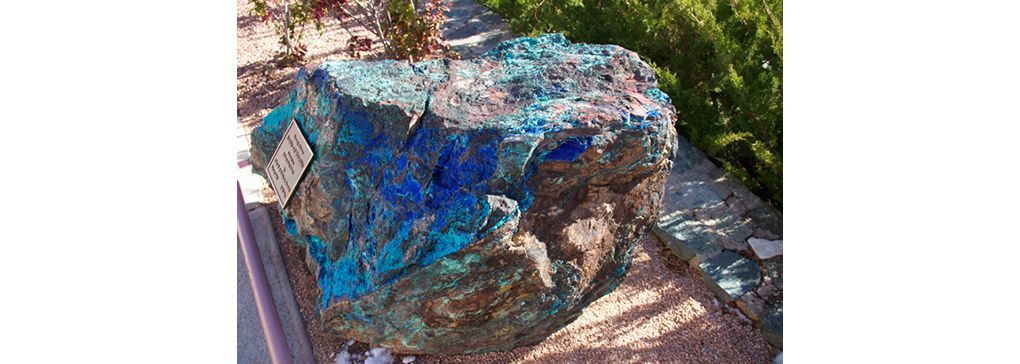
Karen Trentelman goes on to state:
To make paint from azurite, the rocks are collected, sorted, and refined, keeping only the bluest parts. These are crushed and ground into a fine powder. The powdered azurite is mixed with a liquid binder, typically egg white for painting on parchment, or egg yolk for painting on wooden panels, to make a paintable mixture. The backgrounds in the manuscript leaf depicting St. Lawrence, and many other of the Laudario leaves as well, were painted with relatively coarsely ground azurite to give them a brilliant deep blue color. When you look at one of these passages under the microscope, it indeed looks like a field of blue rocks.
Follow this link to read about What Do Rocks Have to Do with Renaissance Art?.1
Credits
1. What do rocks have to do with Renaissance art? by Karen Trentelman/Feb 1, 2013/ blogs.getty.edu
